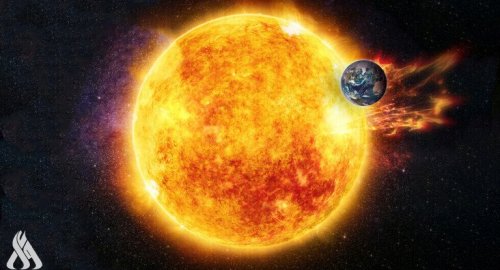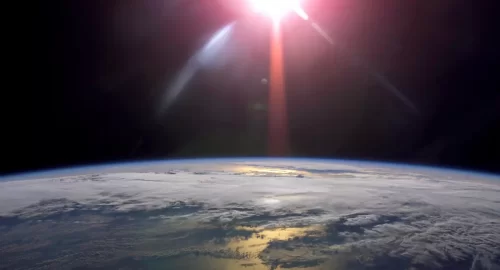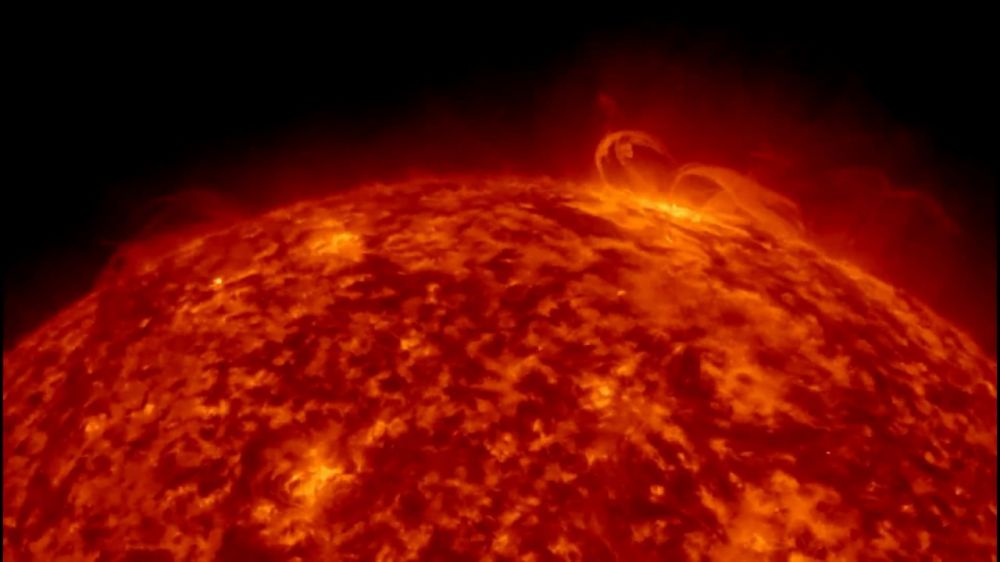
Sun's rampant activity cycle likely to peak January 2024, scientists analysing its dangers say

- 1-12-2023, 09:12
INA- sources
The impending peak in the activity cycle of the Sun will likely arrive significantly sooner than earlier predicted. As per the analysis carried out by astrophysicists Priyansh Jaswal, Chitradeep Saha, and Dibyendu Nandy at the Center of Excellence in Space Sciences India, the peak in solar activity is likely to hit as early as January 2024.
This is much earlier than the official predictions of solar activity reaching its maximum in July 2025.
There may be better ways to predict the behaviour of the Sun than the methods used earlier for making official predictions regarding the current solar cycle, solar cycle 25, the Indian researchers said.
Solar cycles have been mysterious and it has never been clear what drives them. In simpler terms, after every 11 years, the magnetic field of the Sun reverses polarity. This reversal in polarity is accompanied by the rise and fall of solar activity like sunspots, solar flares, and coronal mass ejections.
The point at which the places are switched by the poles is called solar maximum, which is characterised by a peak reached in activity.
After several years, the solar minimum follows and the Sun deescalates its activity before it again gears up for the next maximum.
Solar cycle 25 may be the 'strongest' in history
The scientists track and predict when the next maximum will occur on the basis of a number of sunspots which speckle the face of the Sun.The last solar minimum, which marked the end of solar cycle 24, took place in 2019. Solar cycle 24 was comparatively quiet and the NOAA (National Oceanic and Atmospheric Administration) predicted that solar cycle 25 would follow suit and will have a subdued activity, and will peak in July 2025. However, nothing went as per the prediction. Since solar activity started increasing, it has exceeded official predictions and solar cycle 25 is now likely to be among the strongest since the recording of solar cycles started back in 1755.
Robert Leamon of NASA and Scott McIntosh of the US National Centre for Atmospheric Research, in their predictions, said that solar maximum will be stronger than assumed, and will take place in mid to late 2024.
The NOAA last month revised its prediction and announced that the maximum peak is now likely to happen between January and October of 2024.
source: WION
First joint picture of Greenland Ice Sheet melting, ESA
- Multimedia
- 09:28
US Central Command: We killed ISIS terrorist leader Abu Yusuf in Syria
- International
- 24/12/20
Liverpool compete with Real Madrid to sign Olympique Lyonnais star
- Security
- 24/12/19
ISC, ADX discuss Strengthening Economic Ties
- Economy
- 24/12/16
Iraq assumes presidency of Arab Investment Company’s Executive Board
- Economy
- 24/12/17












